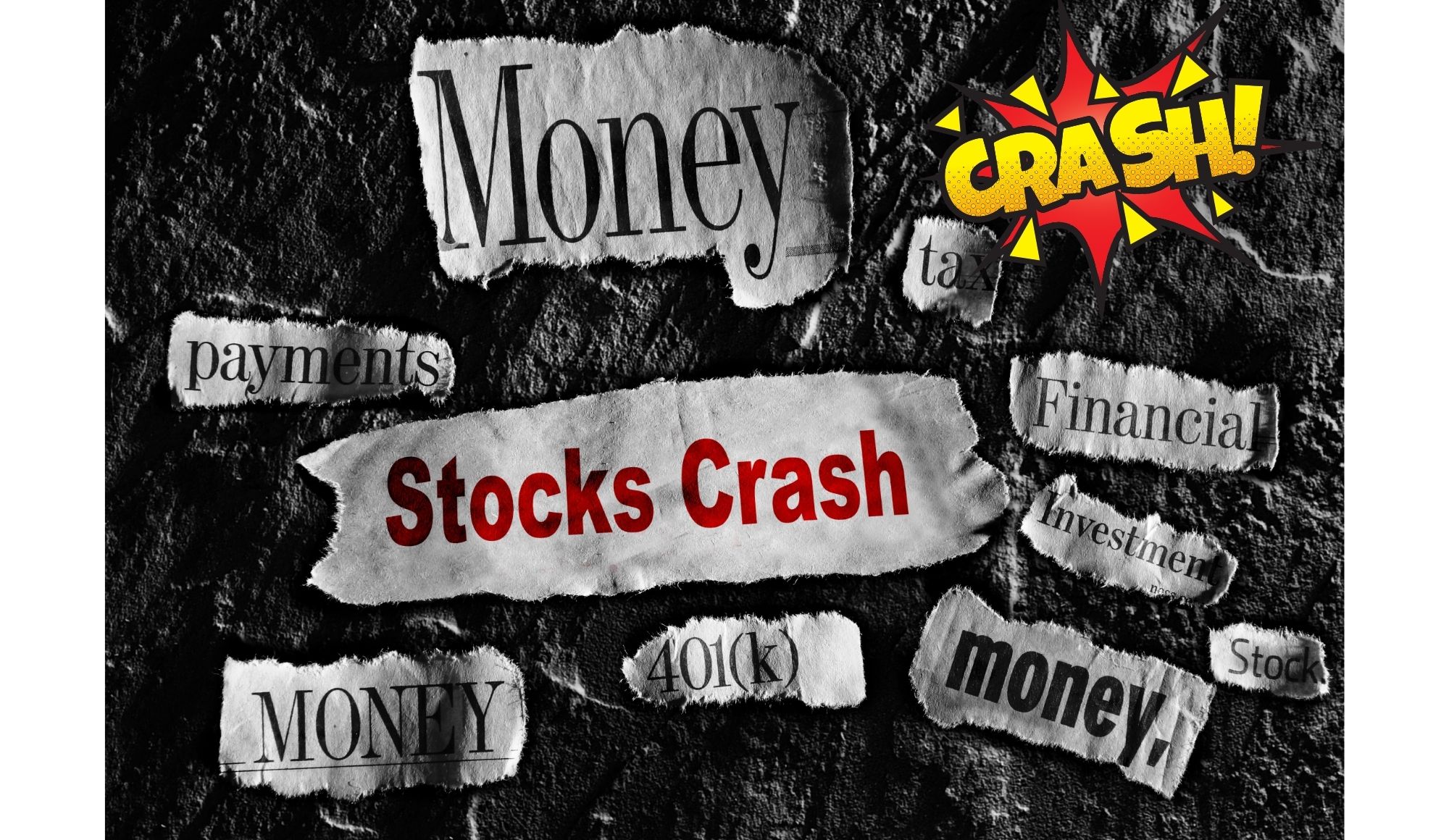Is This Market Doomed?
This year headlines blared about the S&P 500 entering correction territory and the Nasdaq dipping into a bear market. For newer investors, it may feel like the sky is falling but seasoned traders know better, it’s just another chapter in a very old playbook.
The truth is, if you think this year has been rough, history suggests it could get a whole lot rougher before it gets better. And here’s why knowing that can be valuable.
Key Points
-
The 2025 downturn has been mild compared to historical crashes when markets dropped 50% or more and took years to recover.
-
Despite the correction, investor sentiment remains highly optimistic, suggesting we may not have hit a real bottom.
-
Every major bear market has eventually led to new highs.
Is Today’s Sentiment Still Too Optimistic?
Despite recent drops, investor sentiment in 2025 remains oddly buoyant. Dip-buying is still a reflex. Mega-cap stocks, especially in AI and tech, are still seen as untouchable.
And while some corners of the market are flashing distress signals like small caps and commercial real estate, the broader mood is far from fearful.
In fact, one measure worth watching is the AAII Sentiment Survey, which recently showed bullish sentiment still hovering above historical averages, even after double-digit declines. Historically, markets don’t bottom when people are still “hopeful.” They bottom when hope is gone. We’re not there yet.
Want to See Pain? Look Back, Not Around
Let’s put this year in context. Contrast it with the 2007–2009 financial crisis, when the S&P 500 dropped over 50% and took years to recover. Or the dot-com bust starting in 2000, when the Nasdaq fell nearly 80% from peak to trough and didn’t hit new highs again until 2015. Those were real bear markets, drawn out, deeply painful, and soul-testing.
And here’s a wild stat: during the dot-com bust, the Nasdaq suffered three separate 20%+ rallies that all turned out to be dead-cat bounces. Many investors were lured back in prematurely, only to get burned again and again.
The Psychology of Capitulation
The final phase of a bear market isn’t marked by panic, but is marked by apathy. That’s when even good news fails to lift stocks. When valuations are attractive but no one wants to buy. When investors stop opening brokerage apps and start questioning why they ever invested at all.
We’re not there yet. If anything, the dominance of retail traders, the resurgence of meme stocks, and the continued “buy the dip” mentality suggest that we’re in the earlier innings of this cycle.
But the silver lining is every past bear market, no matter how bad, has eventually given way to a new bull market. The S&P 500 has never failed to reach a new all-time high following a bear market.
Here’s something most investors overlook: volatility compression often precedes major moves. When the VIX (the market’s fear index) drifts lower during a correction, it’s often a warning sign that investors aren’t pricing in real risk. As of now, the VIX has not spiked in proportion to past drawdowns—suggesting either complacency or a setup for a larger volatility event down the line.
Prepare, Don’t Predict
You don’t need to know the exact bottom. You just need to be prepared for more downside and mentally equipped to handle it. True investing success comes not from avoiding pain but from enduring it intelligently.
Because when the dust settles, the investors who stayed the course, who dollar-cost averaged, who resisted the urge to panic sell, are the ones who come out on top.
Bear markets aren’t the enemy but opportunities to lower long-term cost basis.



